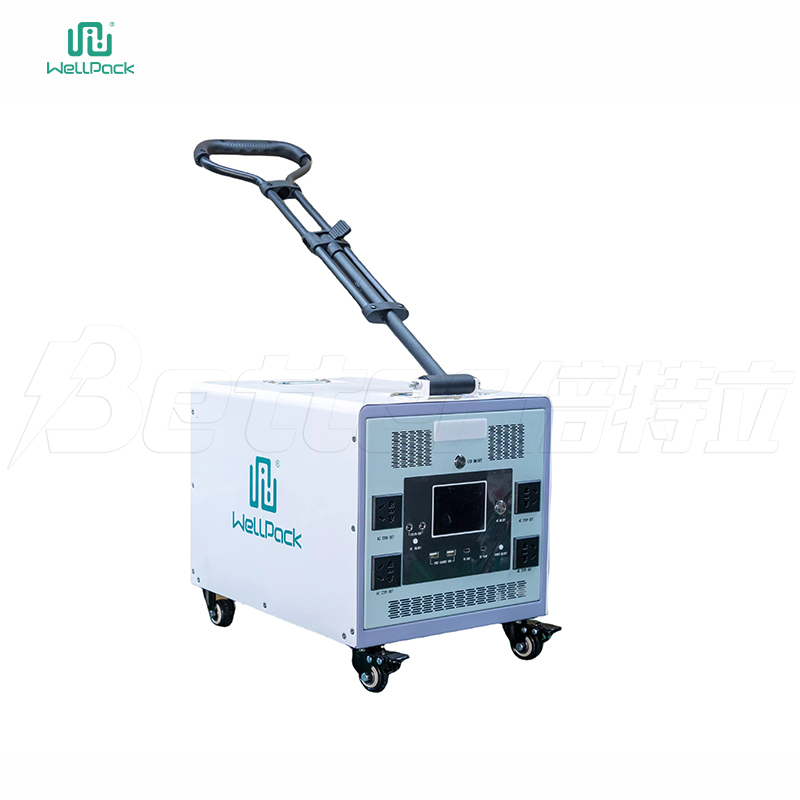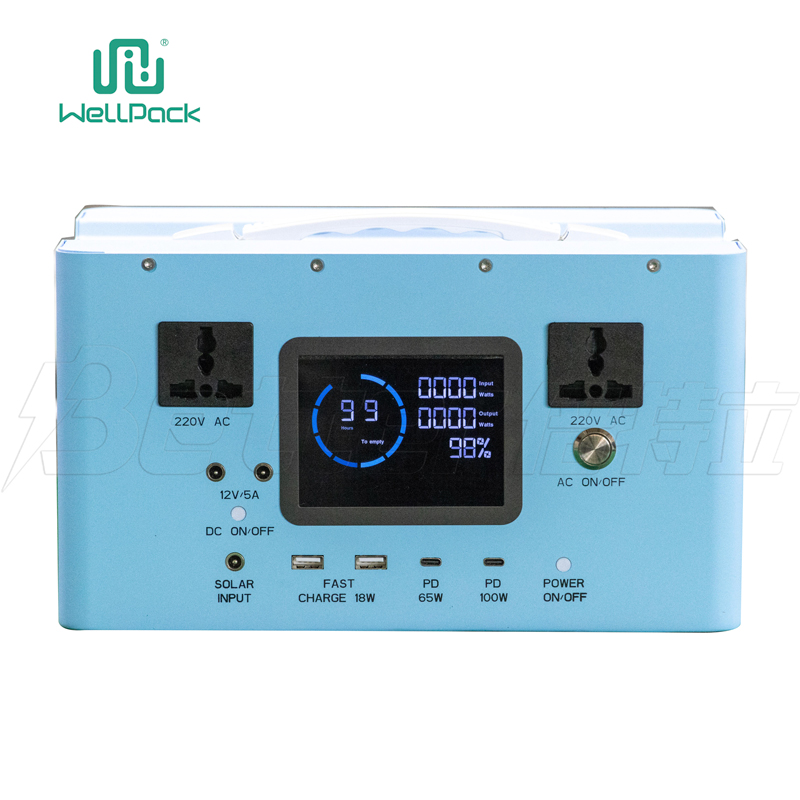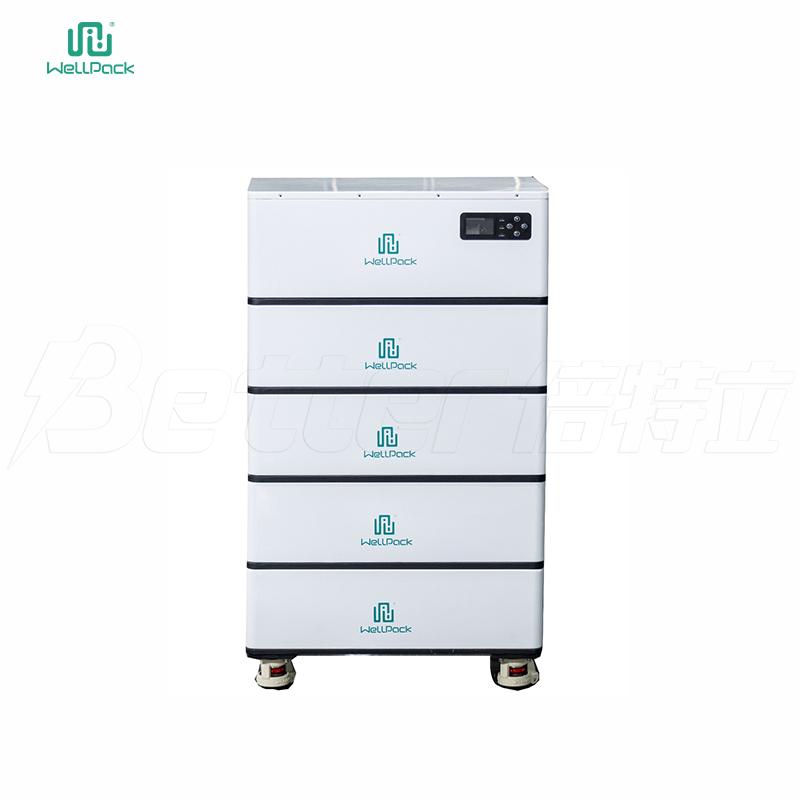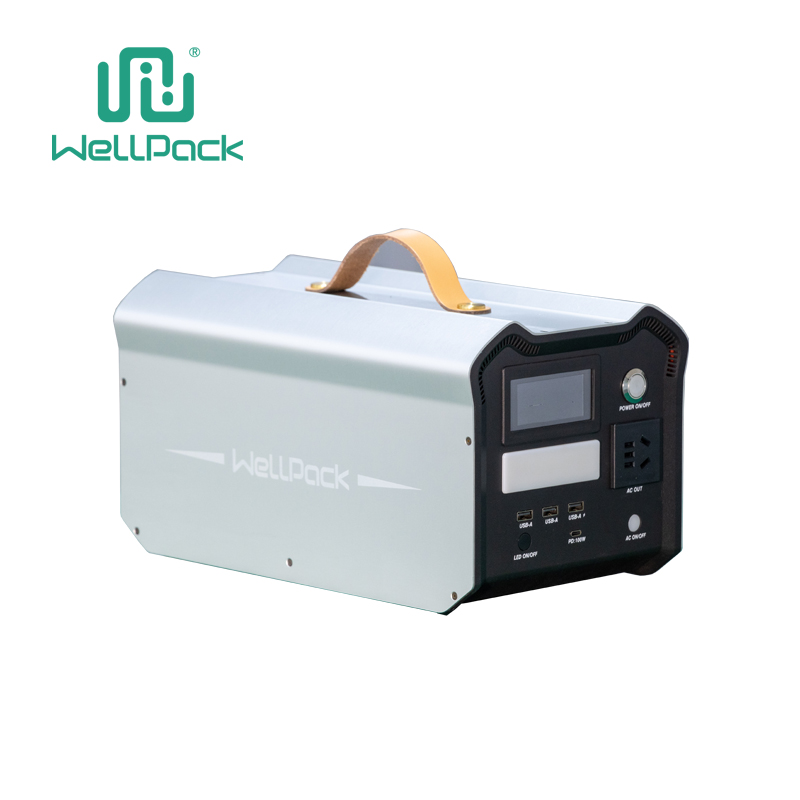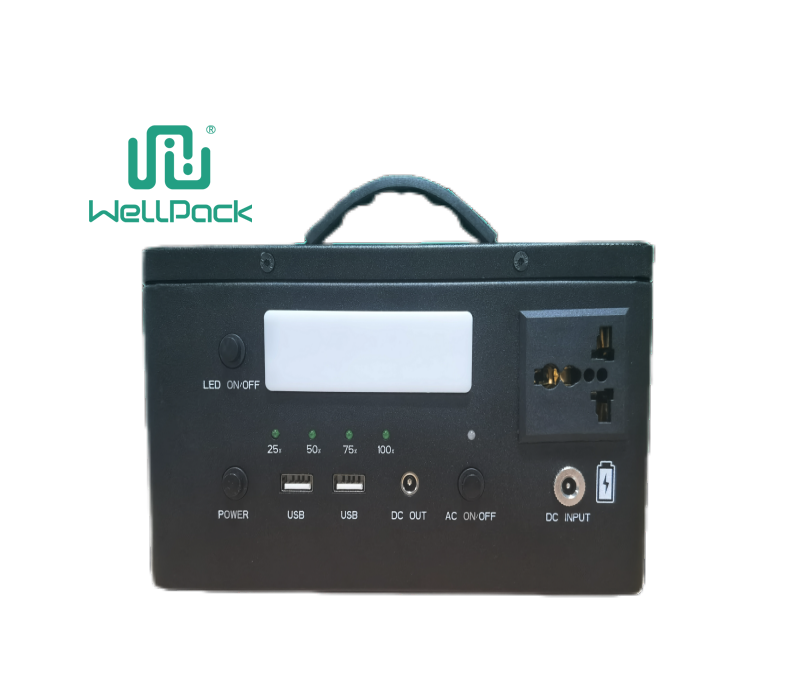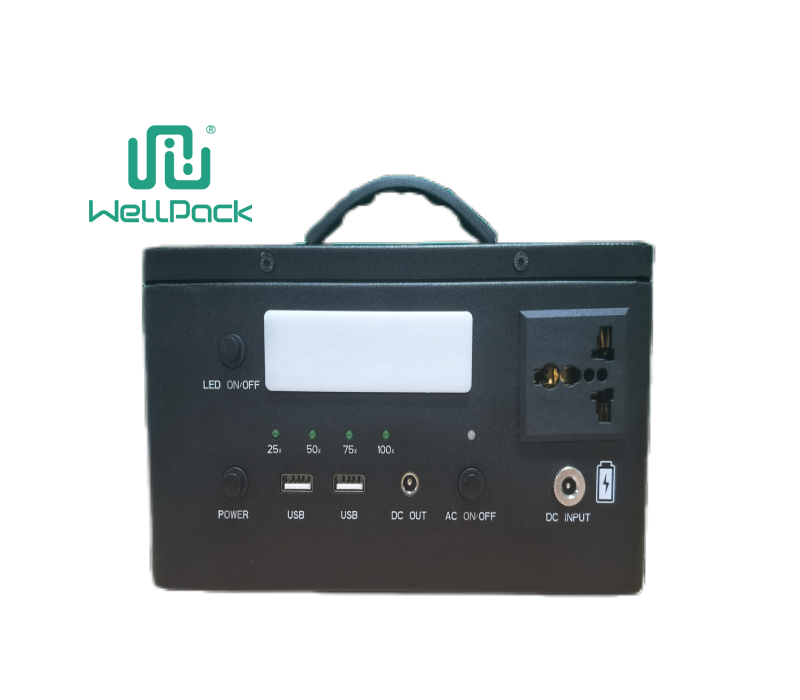Contents
Quick Overview: Why Cold Weather Matters for Lithium Batteries
Winter hits, and suddenly your phone dies faster, your flashlight flickers out mid-hike, or your power tool quits on the job site. If you're relying on lithium batteries, these aren't just annoyances—they're signs that cold weather is throwing a wrench into things. Lithium batteries power everything from gadgets to electric vehicles, but below freezing, their output can drop by up to 20-30%. This guide cuts straight to what you need: practical fixes for daily headaches, backed by real-world insights. Whether you're a tradesperson braving outdoor jobs or just want your devices to last through a ski trip, we'll cover storage, charging, selection, and more. Stick around for tips that keep your lithium batteries humming even when the mercury plummets.
What Happens to Your Lithium Battery in Freezing Temps?
Picture this: It's 10°F out, and you grab your cordless drill for a quick outdoor fix. The battery, usually good for hours, barely makes it through one task before warning lights flash. That's the cold's grip on lithium batteries in action. At temperatures under 32°F (0°C), lithium-ion batteries lose efficiency fast. Capacity might shrink by 10-15% at 14°F (-10°C), and it worsens below zero. Your device feels sluggish because the chemical reactions inside slow down, meaning less power flows out.
Don't panic—it's not permanent damage if handled right. Devices like laptops or cameras might shut off unexpectedly, and electric bikes could struggle on hills. In extreme cases, like sub-zero shipping for industrial lithium batteries, performance can halve without precautions. The good news? Simple habits, like warming them up indoors first, restore most of that lost juice. Users often search for "lithium batteries not holding charge in winter" because this hits home—your morning commute on an e-scooter turns frustrating when range drops unexpectedly.
The Science Behind Cold Performance Drops
At the heart of every lithium battery is a dance between lithium ions shuttling between electrodes. Heat keeps them moving smoothly, but cold thickens the electrolyte—like honey in a freezer—slowing ion transport. This isn't just theory; it's why your smartphone's battery icon drains quicker on a frosty walk to work. Resistance builds up in the cells, generating extra heat that can unevenly warm parts of the battery, leading to wear over time.
For deeper dives, consider how low temps affect the cathode and anode materials. In standard lithium batteries for cold weather, graphite anodes get sluggish, reducing discharge rates. Safety risks creep in too: frozen batteries might not vent gases properly if over-stressed, though modern designs minimize this. If you're troubleshooting a drone battery failing mid-flight in winter, it's likely this ion slowdown. Understanding it helps you anticipate issues, like pre-heating tools before use, rather than reacting after a dead pack strands you.
Smart Ways to Store Lithium Batteries Over Winter
Stashing lithium batteries wrong in cold months invites trouble—think shortened lifespan or surprise failures come spring. The rule of thumb: Keep them at room temperature, around 59-77°F (15-25°C), even if you're in a blizzard zone. If you're parking your RV with onboard lithium batteries, don't leave them plugged in unattended in sub-zero garages; opt for a climate-controlled spot instead.
Charge them to 40-60% before long-term storage to avoid stress on the cells. Wrap spares in insulating materials, like foam pouches, for outdoor gear. For pros handling bulk lithium battery packs, use dedicated cabinets with mild heaters. Avoid full discharge; a monthly check-charge keeps them healthy. One user tip from snowy regions: Store camera batteries in your inner jacket pocket during shoots—body heat does wonders without fancy gear. These steps can extend life by years, dodging the "lithium batteries dying in storage" searches that pop up every fall.
Charging Lithium Batteries Safely When It's Chilly
Ever plugged in your electric vehicle on a winter morning only to see the charger balk? Cold lithium batteries resist taking in power, sometimes refusing to charge below 32°F to prevent damage. The fix starts with patience: Bring the battery indoors to thaw for 30-60 minutes. Once above 40°F, charging resumes normally, often at full speed.
Use chargers with built-in temp sensors—they'll pause if it's too cold, protecting the cells from lithium plating, a nasty buildup that cuts capacity. For portable power stations, preheat with a hairdryer on low (keep distance to avoid condensation). In workshops, schedule charging during warmer hours. Remember, forcing a charge in freezing conditions risks swelling or fires, though rare in quality lithium batteries. A pro tip for hikers: Carry a small warmer pack for your headlamp's battery—reliable light when trails turn icy.
Picking Lithium Batteries Built for Harsh Winters
Not all lithium batteries are winter warriors. When shopping, look for ones rated for -4°F to 140°F (-20°C to 60°C) operation—key for outdoor pros or northern climates. Brands with low-temp electrolytes, like those using advanced solvents, hold up better; check specs for "cold cranking amps" if it's for starting engines.
Consider pouch vs. cylindrical cells: Pouches warm faster but need better insulation. For home energy storage, opt for systems with thermal management, like heated enclosures. Budget-wise, cold-rated lithium batteries cost 20-30% more, but they pay off in reliability. Searchers typing "best lithium batteries for winter use" often overlook cycle life—aim for 80% retention after 500 cycles in cold tests. Test a sample in your setup; one contractor swapped to rugged packs and cut winter downtime by half.
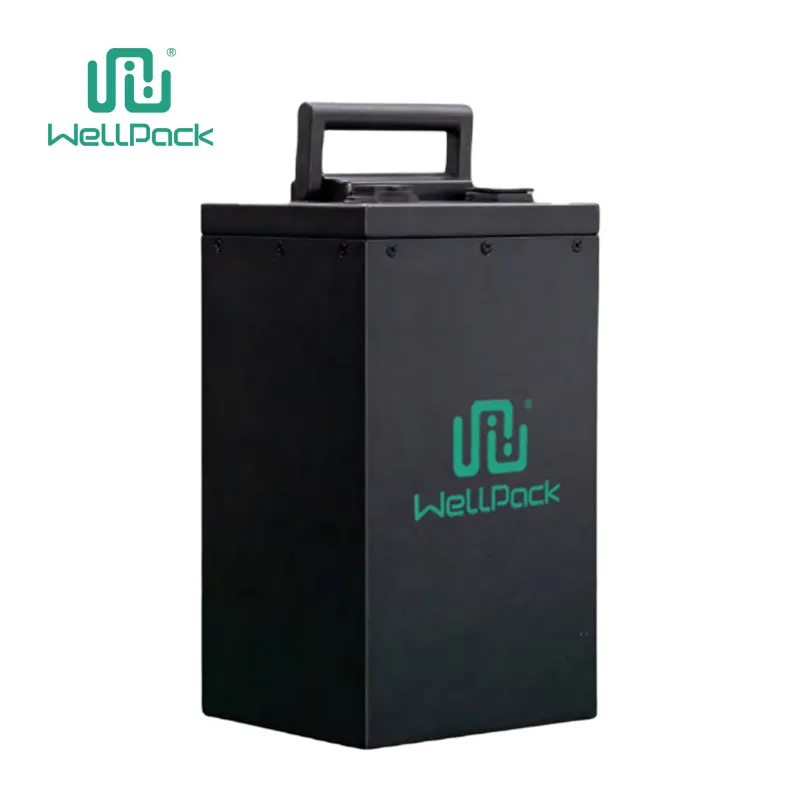
Everyday Scenarios: Lithium Batteries in Action During Snowy Days
Take a construction foreman in Minnesota: His cordless saw's lithium battery fizzled at dawn, but pre-warming it in his truck restored full torque for the crew. Or the photographer on a mountain trek—her drone's battery dropped 25% mid-shoot until she swapped to a spare kept in her vest. These aren't edge cases; they're routine for anyone using lithium batteries in cold weather.
In EVs, a daily driver might see range anxiety spike from 300 miles to 200 in January, eased by cabin preconditioning. Homeowners with solar setups face inverter hiccups when panels ice over, but insulated battery banks keep lights on. Even cyclists with e-bikes learn to layer batteries for extra warmth. Real stories like these highlight why matching battery type to your routine matters—saving time, frustration, and cash on replacements.
Fixing Common Cold Weather Glitches with Lithium Batteries
Battery won't turn on? Gently warm it—never microwave. Swelling noticed? Stop using it; cold can mask internal faults that show later. For slow drains, check connections for frost; clean with isopropyl alcohol. If your laptop's lithium battery overheats oddly in winter (counterintuitive, but resistance spikes do that), recalibrate by full discharge and charge.
Pro-grade fix for power tools: Use extension cords rated for cold to avoid voltage drops. Track usage with apps to spot patterns, like a phone battery tanking faster on walks. If issues persist, it's often a sign of age—cold accelerates degradation in older cells. Quick diagnostics save headaches; one mechanic shared how thermal imaging caught a faulty pack before it failed on a jobsite.
What's Next for Cold-Tolerant Lithium Battery Tech?
Engineers are pushing boundaries with solid-state electrolytes that shrug off freezes, promising lithium batteries that charge in minutes even at -22°F (-30°C). Additives like nanomaterials boost ion flow, and AI-monitored packs could auto-adjust for weather. For industrial users, expect hybrid systems blending lithium with heaters for seamless off-grid power.
We're seeing prototypes in EVs that maintain 90% range in Arctic tests. Cost drops will make these accessible soon—watch for "extreme cold lithium batteries" hitting shelves by 2026. As someone in battery R&D, it's exciting: These advances mean fewer winter woes, more reliable tech for remote work or adventures.
Key Takeaways for Year-Round Lithium Battery Reliability
To wrap it up: Warm before use, store smart, charge wisely, and choose tough builds. These habits turn cold weather from foe to footnote for your lithium batteries. Got a specific setup? Test tweaks in mild conditions first. Reliable power keeps you moving—whether fixing roofs in sleet or powering a family camping trip. Questions on lithium battery packs for your needs? Dive deeper or reach out; staying informed beats being sidelined.

